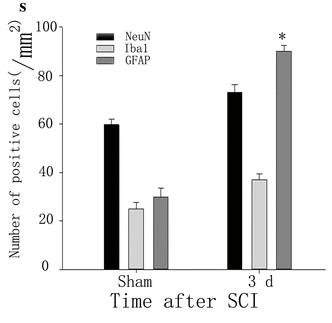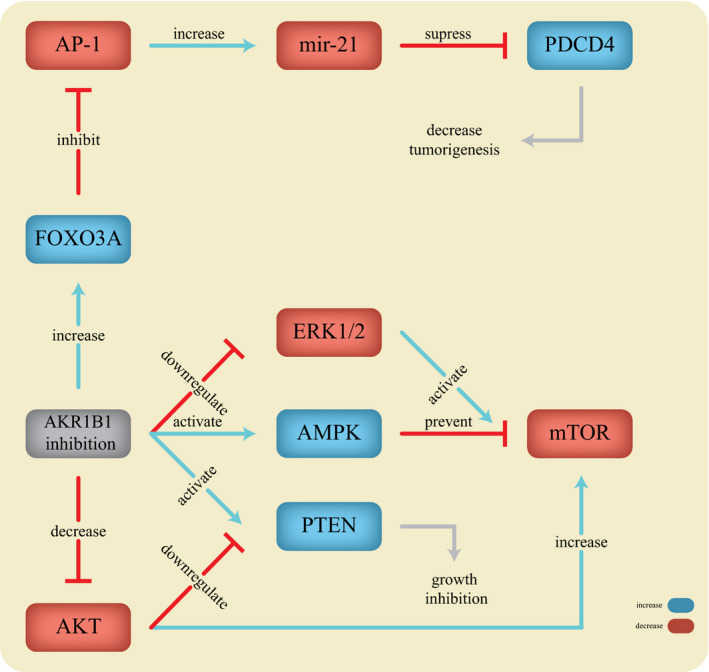Recombinant Human AKR1B1 protein(Met1-Phe316), His-tagged
| Cat.No. : | AKR1B1-2496H |
| Product Overview : | Recombinant Human AKR1B1 (P15121) (Met 1-Phe 316) was expressed in E. coli, with a polyhistidine tag at the N-terminus. |
- Specification
- Gene Information
- Related Products
- Case Study
- Application
- Download
| Species : | Human |
| Source : | E.coli |
| Tag : | His |
| Protein Length : | 1-316 a.a. |
| Form : | Lyophilized from sterile PBS, 20% glycerol, pH 7.5. Normally 5 % - 8 % trehalose, mannitol and 0.01% Tween80 are added as protectants before lyophilization. |
| Molecular Mass : | The recombinant human AKR1B1 comprises 332 amino acids and has a predicted molecular mass of 37.9 kDa. It migrates as an approximately 36 kDa band in SDS-PAGE under reducing conditions. |
| Purity : | > 90 % as determined by SDS-PAGE |
| Storage : | Samples are stable for up to twelve months from date of receipt at -20°C to -80°C. Store it under sterile conditions at -20°C to -80°C. It is recommended that the protein be aliquoted for optimal storage. Avoid repeated freeze-thaw cycles. |
| Reconstitution : | It is recommended that sterile water be added to the vial to prepare a stock solution of 0.2 ug/ul. Centrifuge the vial at 4°C before opening to recover the entire contents. |
| Gene Name | AKR1B1 aldo-keto reductase family 1, member B1 (aldose reductase) [ Homo sapiens ] |
| Official Symbol | AKR1B1 |
| Synonyms | AKR1B1; aldo-keto reductase family 1, member B1 (aldose reductase); ALDR1; aldose reductase; AR; aldehyde reductase 1; low Km aldose reductase; Lii5-2 CTCL tumor antigen; aldo-keto reductase family 1 member B1; ADR; ALR2; MGC1804; |
| Gene ID | 231 |
| mRNA Refseq | NM_001628 |
| Protein Refseq | NP_001619 |
| MIM | 103880 |
| UniProt ID | P15121 |
| ◆ Recombinant Proteins | ||
| AKR1B1-252R | Recombinant Rat AKR1B1 Protein, His (Fc)-Avi-tagged | +Inquiry |
| AKR1B1-9156H | Active Recombinant Human AKR1B1, His-tagged | +Inquiry |
| AKR1B1-1363HF | Recombinant Full Length Human AKR1B1 Protein, GST-tagged | +Inquiry |
| AKR1B1-3242H | Recombinant Human AKR1B1 protein, His-tagged | +Inquiry |
| AKR1B1-283Z | Recombinant Zebrafish AKR1B1 | +Inquiry |
| ◆ Cell & Tissue Lysates | ||
| AKR1B1-47HCL | Recombinant Human AKR1B1 cell lysate | +Inquiry |
Case 1: Taskoparan B, et al. Cell Oncol (Dordr). 2017
Aldo-keto reductases, especially AKR1B1 and AKR1B10, are part of an enzyme family linked to diabetes and cancer, like colorectal cancer (CRC). While they look similar and share functions, their specific roles in CRC might differ. Research using data from microarrays and CRC samples has shown that AKR1B1 levels usually stay the same, but AKR1B10 drops in primary CRC tumors. A deep dive into datasets like TCGA and TCPA has indicated that high AKR1B1 expression is tied to more aggressive cancer behaviors like faster cell cycles and increased movement and inflammation, whereas high AKR1B10 is linked to less inflammation. Lab studies using CRC cell lines back these findings, showing AKR1B1 is related to a less favorable prognosis. However, when both genes are considered together, with low AKR1B10 and high AKR1B1, they offer a clearer outlook on patient outcomes, cutting through other complicating factors.

Fig1. Western blot confirming the silencing of AKR1B1.

Fig2. Western blot showing that AKR1B1 silencing leads to a decrease in EKR1/2 protein activation.
Case 2: Chen X, et al. Neurochem Res. 2018
Spinal cord injury (SCI) is a serious condition often leading to permanent nerve damage and a grim outlook for patients. High blood sugar after SCI can mess up nerve recovery, causing excess reactive oxygen species (ROS) and inflammation. But how glucose metabolism affects the spinal cord post-injury is still a bit foggy. AKR1B1, part of the aldo-keto reductase family, plays a role in glucose energy metabolism and ROS production, and is also known to aid cancer cell growth and spread. This research, using a rat model, zeroed in on AKR1B1's role in nerve recovery after SCI. Here right after injury, the AKR1B1 protein levels shot up, peaked around day three, then slowly returned to normal by day 14. We saw similar patterns in tissue stains, with more AKR1B1 in active glial cells and growing astrocytes. Further testing showed AKR1B1 tagging along with Akt, a key player in cell cycles and injury responses, particularly in cells marked by GFAP in the damaged spinal cord.

Fig1. The proteins' sample extracted from spinal cord at each time point after injury.

Fig2. The GFAP, NeuN or Iba1 positive cells quantitative analysis (/mm2) co-localized with protein AKR1B1.
Aldose reductase, or AKR1B1, is part of the aldo-keto reductase family and helps turn glucose into sorbitol. This process is connected to diabetic complications, so AKR1B1 is really important for getting a grip on diabetic issues. It's mostly active in the adrenal gland and placenta but shows up in other tissues too, taking part in various metabolic activities. Studies hint that AKR1B1 might also play a role in certain cancers and neurological disorders, making it a potential target for new treatments.
When it comes to lab work, scientists use recombinant AKR1B1 to dig into its effects on diabetes and metabolism. This gives them a closer look at its function and its potential in medical treatments. Companies like Cusabio make it easy to get recombinant AKR1B1 proteins for research, which pushes forward progress in areas like cancer and brain health. Even though there might be limits to how much research access you can get, the available tools and information are helping to expand knowledge and treatment possibilities.

Fig1. The action of AKR1B1 in tumorigenesis. (Reza Khayami, 2020)
Not For Human Consumption!
Inquiry
- Reviews
- Q&As
Ask a Question for All AKR1B1 Products
Required fields are marked with *
My Review for All AKR1B1 Products
Required fields are marked with *
Inquiry Basket


